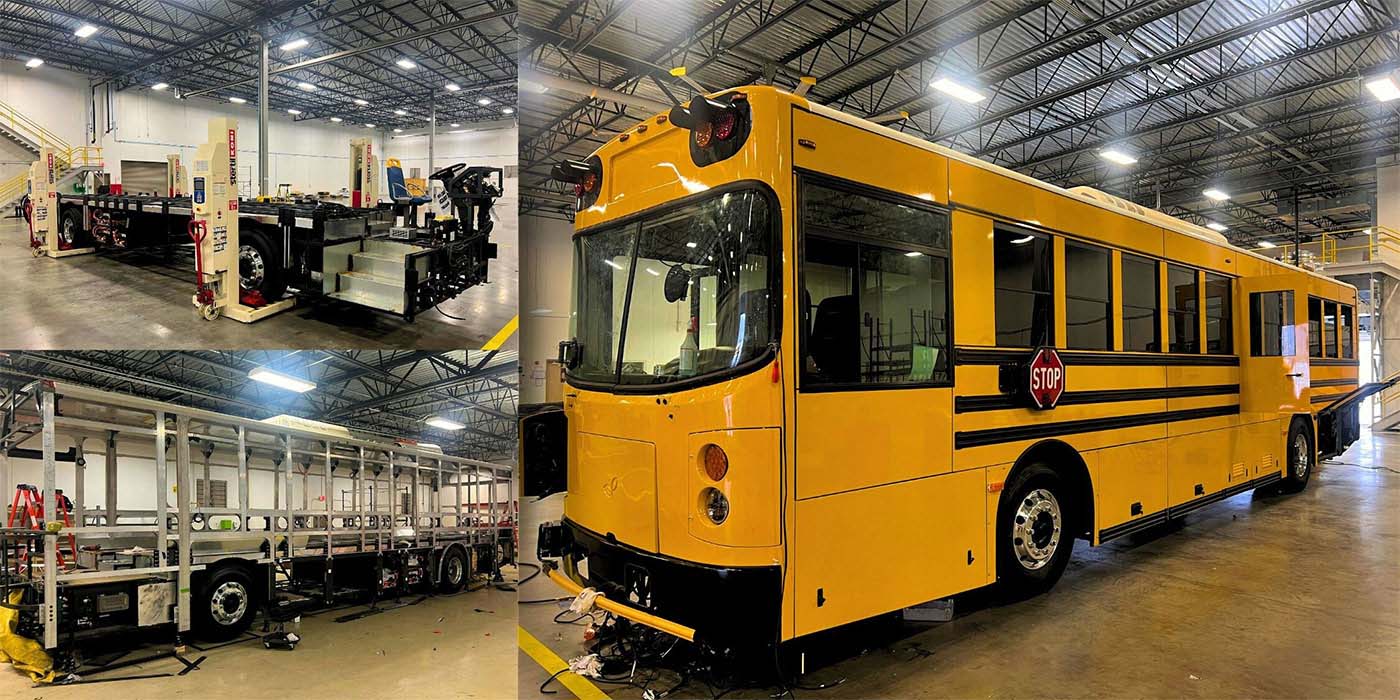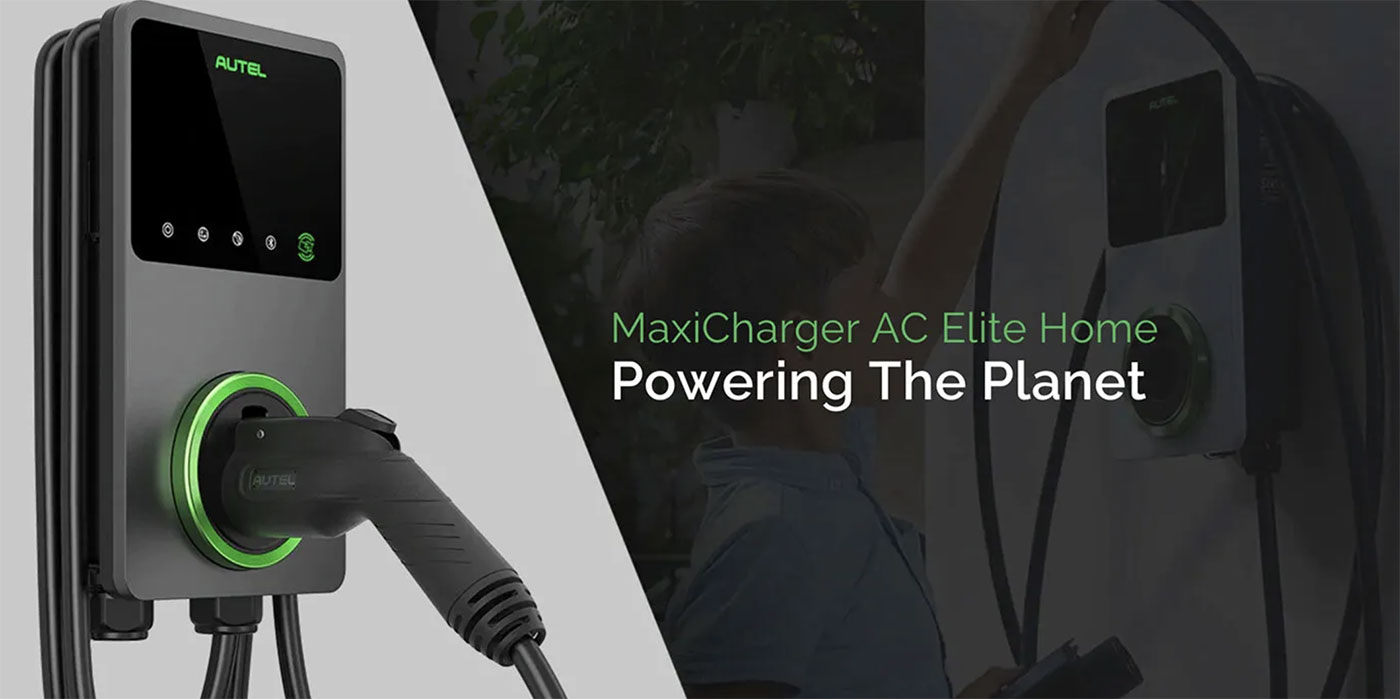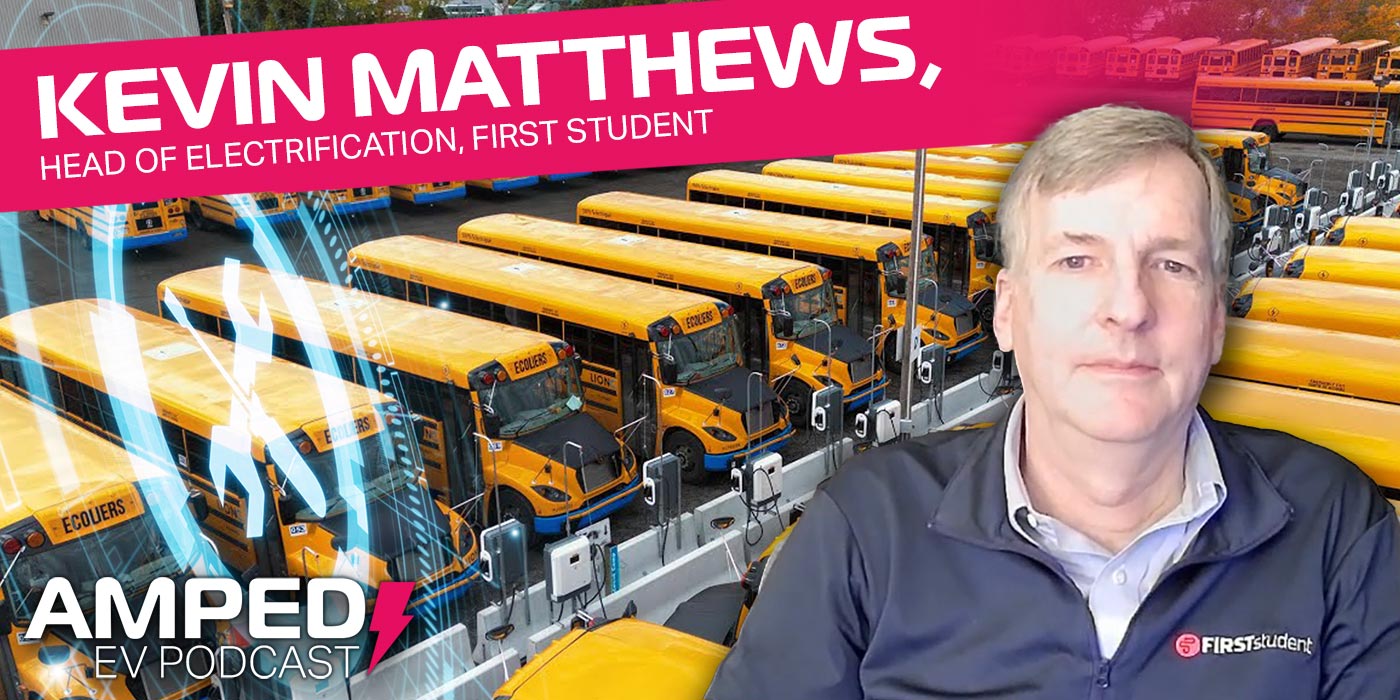One of the huge arguments you hear all the time against adopting EVs – and, admittedly, it’s a good one – is that the grid can’t handle widespread EV adoption. And, even if it turns out that it can, the thought is that if everyone is plugging their daily driver in every day, electricity prices will be through the roof, for everyone, whether they own an EV or not.
There are dozens, if not hundreds, of potential solutions to this problem, but solving it justifiably, cheaply, quickly, and with little environmental impact is a whole other ballgame. This is what makes bi-directional charging such an intriguing prospect, and why the evolution and adoption of this technology is so important for EV buy-in.
Here’s how it works: Typically, when we think of an EV being charged, we think of unidirectional charging. This means the battery is being charged by taking AC energy from the grid and converting it to DC energy that can later be used by the car battery to power the vehicle. It’s a one-way flow of energy that’s an ends to a means.
Bidirectional charging switches up the formula and allows the EV to send power back the other way, which means the EV turns into something like a power bank that can provide power to your home or back to the grid. When you hear terms like “Vehicle to Grid” or “Vehicle to Home,” that’s bidirectional charging.
What does this mean for EV owners? It means potential for saving some green via their respective energy provider. So, for example, an EV owner’s energy provider would charge the EV’s battery when energy demand is low, and the EV would discharge back to the grid when energy demand is high. In turn, the owner would be paid an agreed-upon rate depending on the type and duration of service provided.
Now, the thing is, until now bi-directional charging has mostly been only widespread in the commercial space, not passenger vehicles, in part due to the expensive charging tools necessary to get the ball rolling. Companies like BYD are known for bringing this technology to its zero-emission school buses.
Buses are a great use case for getting the most out of bi-directional charging because of their predictive use patterns. School buses, for instance, can charge overnight when there’s low energy demand, and once they’ve dropped of the kids and are parked during the day when energy is more expensive, they can use bi-directional charging to provide clean energy back to the school.
But, consumers want to get in on the bidirectional game too, and lucky for them, the times they are-a-changin’.
This is why it’s such a big deal when manufacturers like Nissan bring bi-directional charging to well-known, established EVs in the marketplace like the Nissan Leaf, which the company announced in early September. Now, Leaf owners can use Fermata Energy’s FE-15 bi-directional charger to send energy stored in the vehicle’s battery back to the grid. And, as long as the user is utilizing Fermata’s approved charger, Nissan says it will not impact the Leaf’s battery warranty.
Nissan says the Leaf is currently the only fully electric passenger vehicle in the U.S. market able to supply energy to the grid, and that’s bound to be a huge potential advantage in the marketplace.
…Buuut, maybe not for long, as municipalities are seeing the clear benefits of bi-directional charging as well.
Take the partnership between Duke Energy and Ford, for example, which are expanding vehicle-to-grid (V2G) charging capabilities in the Carolinas using F-150 Lightning electric truck batteries.
Duke Energy has filed with the North Carolina Utilities Commission (NCUC) for approval of a new pilot program expected to launch next year. Pilot incentives will reduce vehicle lease payments for customers who lease an eligible electric vehicle, which includes the Ford F-150 Lightning pick-up truck.
As part of the pilot, Duke Energy will enroll up to 100 customers who lease one of these EVs and will provide a financial incentive to those customers in the form of reducing lease payments. The pilot program will allow Duke Energy to draw energy up to three times per month during higher peak winter and summer months, and one time per month during the remaining months of the year, for testing and research purposes and to support the energy grid during peak usage hours. Stored energy drawn from the electric vehicles’ batteries will help balance the power grid during periods of highest energy demand.
Ultimately, Duke Energy says this research will help it to build a smart-thinking grid that intelligently manages the two-way power flow needed to sustainably grow renewables like EV-generated energy.
What do you think? Interested in bi-directional charging for yourself or your business? Let us know what it means for you.













